
-
Updating Roman Jakobson’s ‘Poetic Function’ with Vector Semantics
Read more: Updating Roman Jakobson’s ‘Poetic Function’ with Vector SemanticsKurzynski discusses how poetry extends beyond sound and rhythm and taps into a deeper network of meanings.


Kurzynski discusses how poetry extends beyond sound and rhythm and taps into a deeper network of meanings.
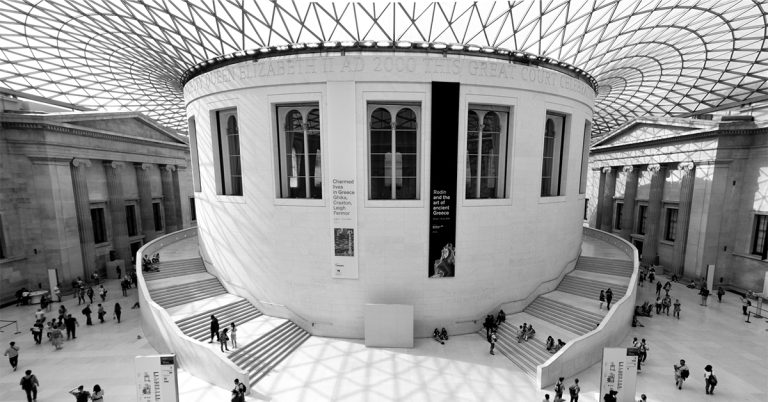
by Sarah Keenan It’s easy to get lost at the British Museum. The expansive central London building, set out over three floors and divided up into over 60 galleries, displays some 80,000 objects from all over the world. The British…
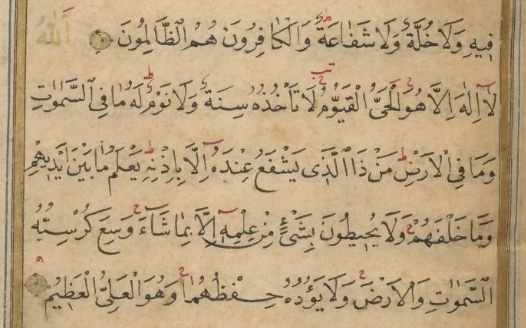
by Shuaib Ally, McGill University Around the turn of the 15th century in Cairo, a hadith scholar named Salah al-Din al-Aqfahsi heard Salah al-Din al-Kalai, a scholar associated with the Sufi Shadhili order, teaching the Quran. Part of his teaching…

Tell us a bit about your book My book is about the situation in Syria before, during and after the first crusaders arrived in the near east. The crusader armies arrived in Syria in 1097 and immediately began interacting with…
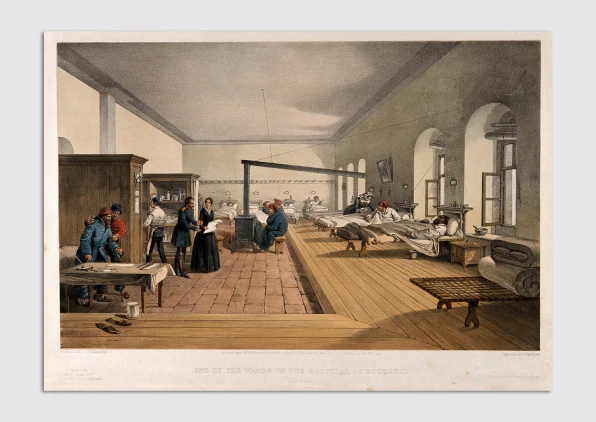
by Sara Honarmand Ebrahimi How did patients feel when visiting mission hospitals built by British missionaries in Asia and Africa in the late nineteenth and early twentieth centuries? I am preoccupied with this question in my book, Emotion, Mission, Architecture:…
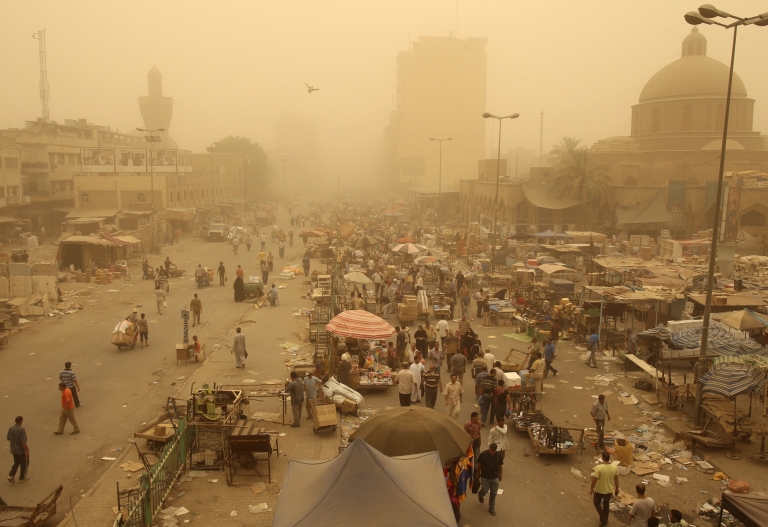
by Catherine Cobham and Fabio Caiani 23 March 2023 marked the twentieth anniversary of the attack on Iraq. Predictably, western mainstream media made little or no reference to contemporary Iraqi culture. Recently, however, there has been a growing interest in…
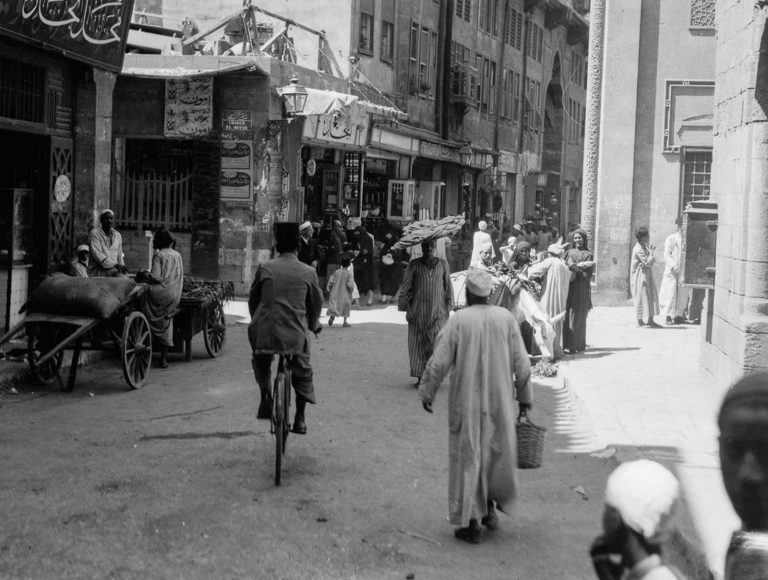
by Relli Shechter Tell us a bit about your book The Egyptian Social Contract discusses the long-term history of the social contract in Egypt since partial independence from the British (1922) and until the Arab Uprising (2011). It focuses on…
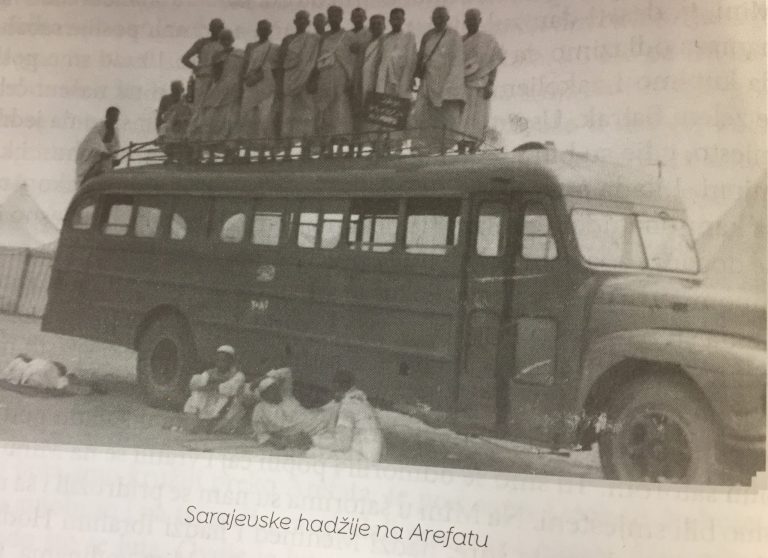
by Dženita Karić As I was doing research on the Hajj discourses in Bosnia from the 16th to the 21st century, I encountered a range of texts, published and unpublished, in Bosnian, Arabic and Ottoman Turkish languages. Some of the…
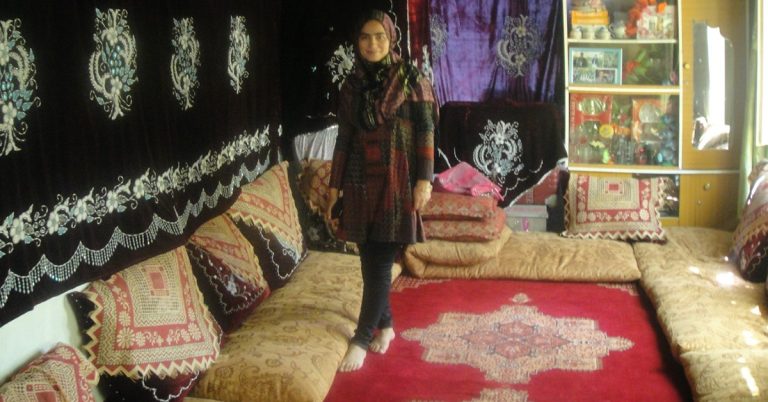
By Wolayat Tabasum Niroo In the northeastern provinces of Afghanistan, talented women sing folk songs to entertain each other in female-only gatherings on happy occasions. The songs are accompanied by a diara or daff, a colorful frame drum made of…
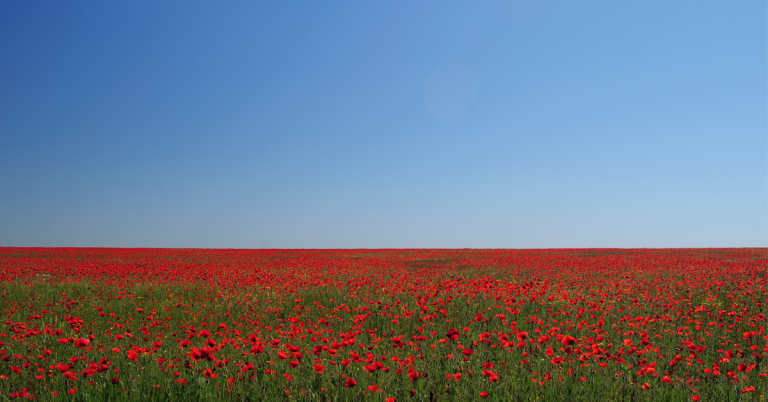
In this interview, author and archaeologist Warwick Ball discusses his travels and research that led to his new book, The Eurasian Steppe. Can you tell us a bit about The Eurasian Steppe? The book started life many years ago as…